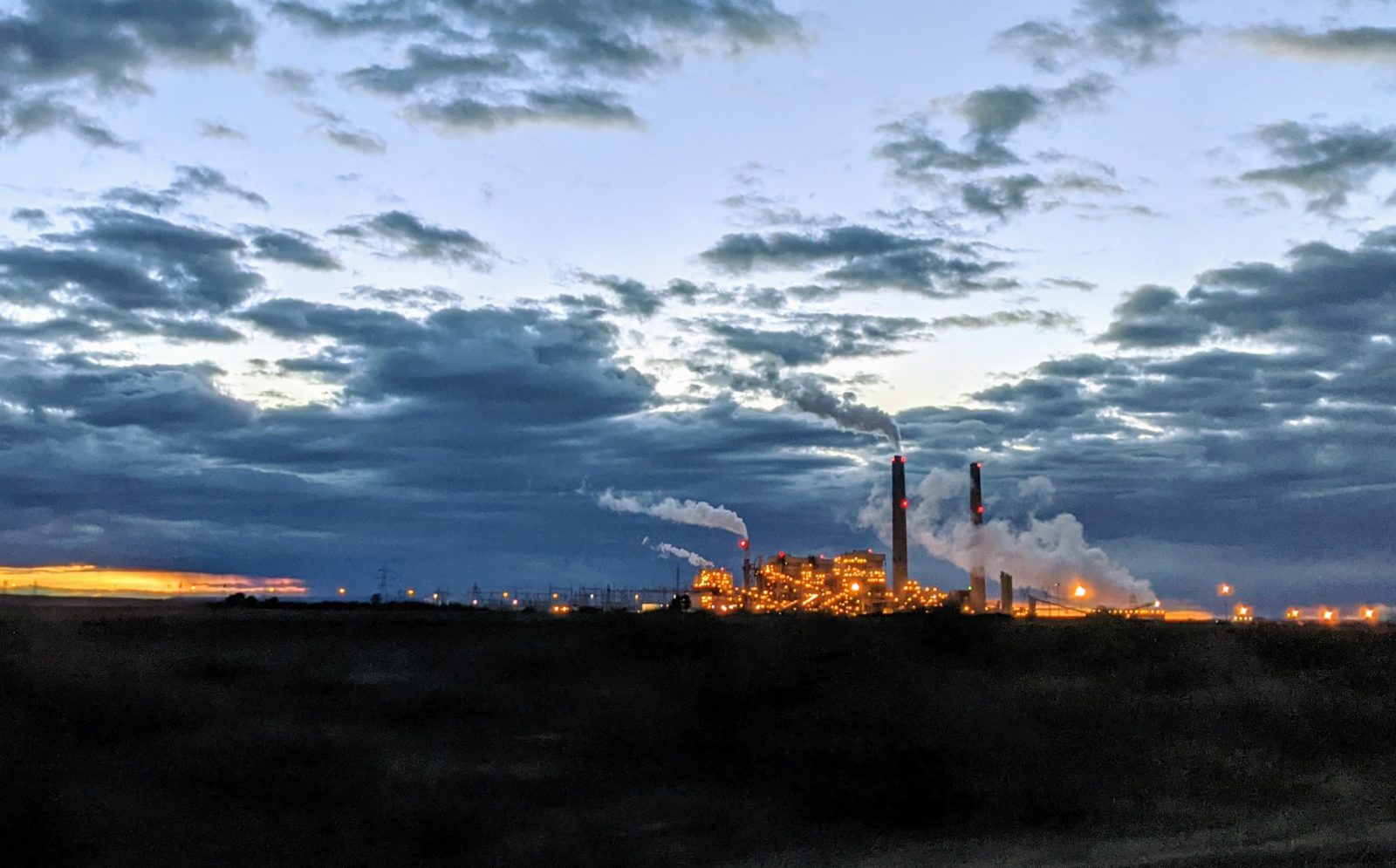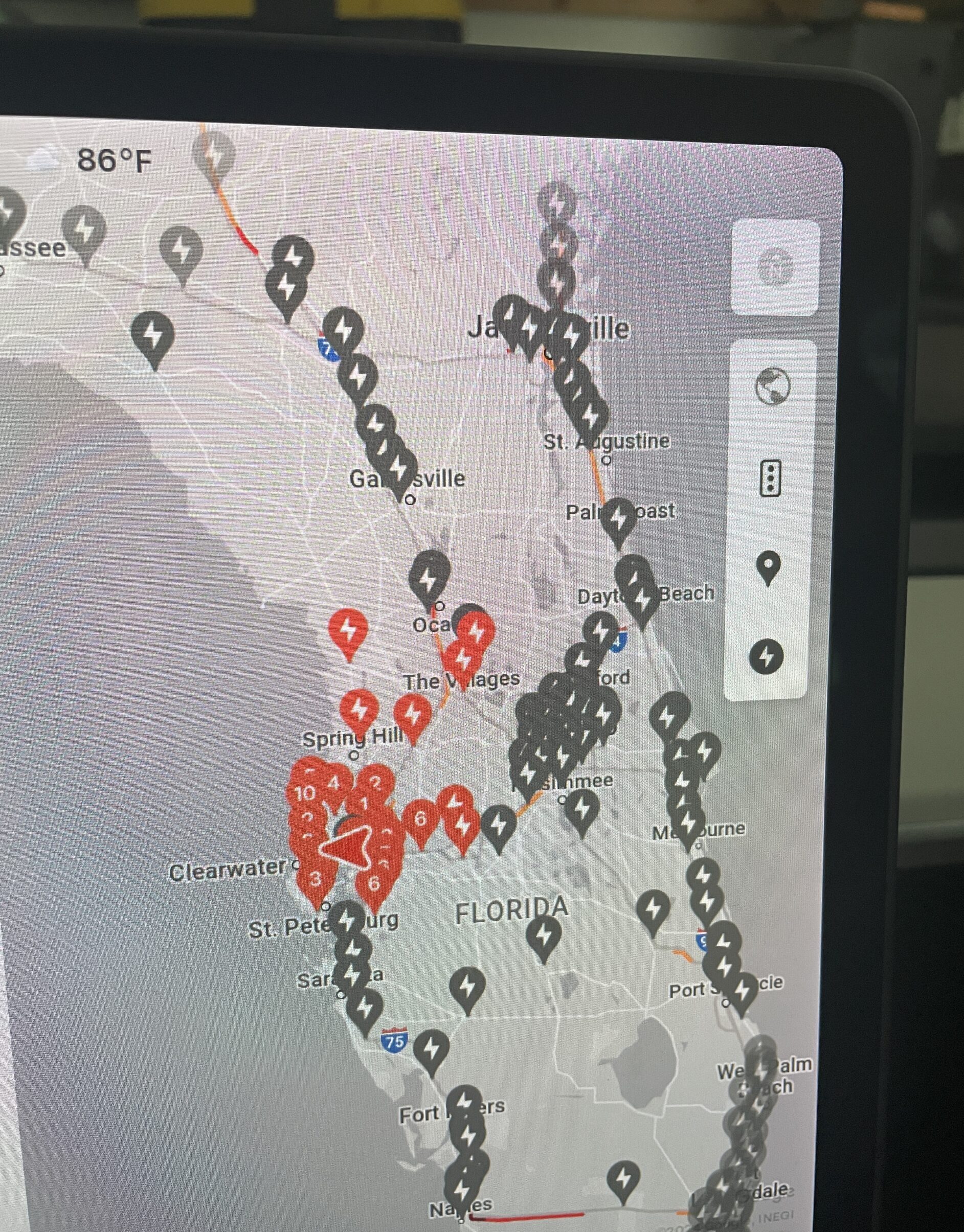
Extreme heat has hit hard lately from coast to coast and beyond, and it’s a major way Danger Season has shown up this year. Even as I write this, communities from the Northwest to the Southwest to the Southeast and Puerto Rico are under heat alerts.
The direct health impact of heat stress is bad enough, and dangerous. But extreme heat also hits our electricity system in ways that make it more expensive, more polluting, and less reliable. Here’s how.
Extreme heat means more expensive electricity
Extreme heat can sharply increase electricity consumption as people turn up their air conditioners for relief. For example, the Electric Reliability Council of Texas, the electricity grid serving much of the Lone Star State, has already set new records for power demand 11 times this sweltering summer.
As demand rises, grid operators turn for extra capacity to power plants that they don’t use frequently. They use—or “dispatch”—plants based on their operating costs, starting with the cheapest sources first, as this UCS video explains:
This approach means demand is met first by resources that don’t require fuel—particularly solar and wind—or have low fuel costs—nuclear. Combined-cycle gas plants typically come next. If even more capacity is needed, at the higher or later end of the curve are such supply options as coal plants, simple-cycle gas “peaker” plants, or even oil-fired ones (even though that fuel fell out of favor in the power sector decades ago). Using more of these more expensive sources means higher wholesale electricity costs, which translates to higher retail rates for customers.
Extreme heat means dirtier electricity
Going further up the dispatch curve drives up not only costs, but also pollution. One factor is the dirtiness of fossil fuels. Coal, oil, and gas are major sources of a variety of pollutants that threaten public health and the environment.
Resources at the higher end of the cost-dispatch curve also tend to be less efficient. Even plants with the same fuel might use it differently. A combined-cycle gas plant might have an efficiency of 60 percent, while a gas peaker plant might be 20- to 35-percent efficient—that is, waste as much as 80 percent of the energy in its fuel. The average US coal plant is only about 33-percent efficient. For a given kilowatt-hour of electricity, lower efficiency means more fuel, which means more pollution.
So the extra power demand that often comes with extreme heat doesn’t just make electricity more expensive, it also makes it a lot dirtier.
Extreme heat means less reliable electricity
You might think that having extreme heat hit us in our pocketbooks and our lungs would be enough damage, but there’s more: Higher heat also can make our electricity less reliable.
One reason for that extra unreliability is that high power demand. When skyrocketing heat leads to skyrocketing demand, grid operators eventually run out of working power plants to turn to. And, while blackouts can have various causes, something has to give when demand outstrips available supply.
Extreme heat also exacts a toll on power plants directly, potentially exacerbating that supply shortage, and hits other parts of the grid. Many types of power plants become less efficient at higher temperatures. A gas turbine rated at 60 degrees F might be able to generate only 85 percent of that capacity when ambient temperatures reach 100 degrees F, for example. Many power plants that make steam to generate electricity, including nuclear and coal plants, most gas plants, and a small number of renewable energy plants, also take a hit when their cooling water temperatures climb. In addition, wildfires intensified by extreme heat can destroy transmission lines and other parts of the electricity grid.
That’s the supply part. But keeping our lights—and air-conditioners and cooling fans—running also requires delivering power from the plants to our homes and businesses, and high heat hits there too. Transmission lines’ ability to carry electricity drops as temperatures increase, and lines sag more at higher temperatures, potentially leading to short circuits. Transformers, meanwhile, can overheat and fail.
What we can do
Extra burdens from extreme heat that come via the power sector are serious, but there are serious responses we can bring to bear.
One important step is to recognize that the impact of extreme heat via the power sector doesn’t hit everyone equally, or equitably. Energy burdens are on average heavier for Black, Hispanic, and Native American households, for example. Peaker plants are located disproportionately in or near low-income communities and communities of color. And power outages hit some families much harder than others.
Given these inequities in the US power system, one important, near-term answer is making sure that we have and use systems that protect those most at risk. That means, for instance, having options not just for people who don’t have home access to air conditioning when it’s needed most, but also for those who can’t afford the extra electricity costs that the heat brings. Cooling centers and utility bill assistance, for example, can be lifesaving.
Grid operators have a range of tools they can use, in both the near and long term, to address extreme heat’s power sector impacts, and other energy sector decisionmakers can help make those tools more of a reality. Incentives and technologies can encourage and help customers shift demand to off-peak times, and investments in energy efficiency can help reduce demand overall, including during peaks. Energy storage, such as well-sited batteries—charged with clean electricity when demand is lower—can provide additional supply when demand escalates. Meanwhile, stronger transmission connections to other parts of the country, done right, can allow an area getting hit hard by extreme heat to draw on extra resources elsewhere in ways that reduce costs and pollution burdens.
Another key tool is renewable energy, at a range of scales, and recent experience has definitely shown the value of more wind, solar, and other renewables, as in Texas (repeatedly). Deploying more renewables—and having adequate transmission capacity for them—can shift the more expensive, dirtier power plant options farther to the right in dispatch curves and avoid or delay their use. Rooftop solar and other distributed renewables can reduce pressure on the electricity grid by supplying power where it’s needed. When paired with on-site energy storage, these resources can also help address transmission constraints, provide critical backup power in key locations in communities, and even do away with peaker plants. And using zero-carbon resources instead of fossil fuels can, over the long term, slow the climate change driving so much of the extreme heat.
Extreme heat can hit us hard through the power sector, hitting our finances, our health, and the reliability of that power, and it can hit some much harder than others. For the sake of everyone, we can hit back.
By John Rogers, Energy Campaign Analytic Lead. Courtesy of Union of Concerned Scientists, The Equation.
I don’t like paywalls. You don’t like paywalls. Who likes paywalls? Here at CleanTechnica, we implemented a limited paywall for a while, but it always felt wrong — and it was always tough to decide what we should put behind there. In theory, your most exclusive and best content goes behind a paywall. But then fewer people read it! We just don’t like paywalls, and so we’ve decided to ditch ours. Unfortunately, the media business is still a tough, cut-throat business with tiny margins. It’s a never-ending Olympic challenge to stay above water or even perhaps — gasp — grow. So …





